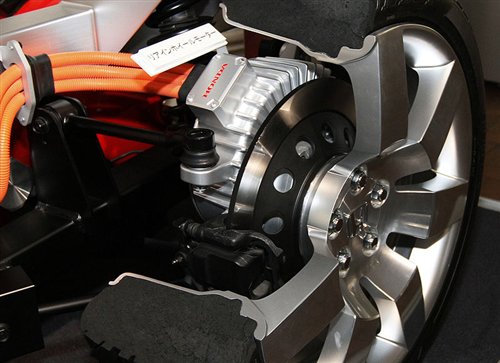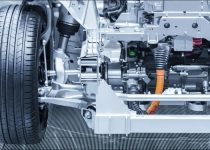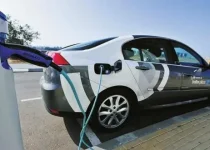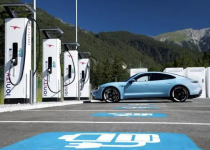What is regenerative braking and how does it benefit electric vehicles?
Regenerative braking is a feature commonly found in electric vehicles (EVs) and some hybrid vehicles. It is a system that recovers and converts the kinetic energy generated during deceleration or braking into electrical energy, which is then used to recharge the vehicle’s battery. This process helps improve the overall efficiency and range of electric vehicles. Here’s how regenerative braking benefits electric vehicles:
- Increased energy efficiency: Traditional braking systems in internal combustion engine (ICE) vehicles dissipate the kinetic energy as heat through friction between the brake pads and rotors. Regenerative braking captures a portion of this energy and converts it into electricity, reducing energy waste and increasing the overall efficiency of the vehicle.
- Extended driving range: By recovering energy during braking and storing it in the battery, regenerative braking can effectively extend the driving range of an EV. This can be particularly beneficial in urban or stop-and-go driving conditions, where frequent braking occurs.
- Reduced brake wear: Regenerative braking reduces the reliance on traditional friction brakes, as the electric motor works in reverse to slow down the vehicle. This reduces wear on the brake pads and rotors, potentially extending their lifespan and lowering maintenance costs.
- Improved driving experience: Many EVs with regenerative braking allow drivers to adjust the level of regenerative braking through different driving modes. This can enable one-pedal driving, where the driver can control both acceleration and deceleration using only the accelerator pedal, making driving smoother and more efficient.

It’s worth noting that regenerative braking cannot replace conventional friction brakes entirely, as it is less effective at very low speeds or during emergency braking situations. Therefore, electric vehicles still require traditional braking systems for complete and safe stopping.
While regenerative braking significantly contributes to the overall efficiency and performance of electric vehicles, there are other aspects of EV technology that complement and enhance the driving experience:
- Instant torque: Electric motors can deliver instant torque from a standstill, providing quick acceleration and a responsive driving experience. This characteristic of EVs makes them suitable for various driving conditions, from city traffic to highway speeds.
- Lower center of gravity: EVs often have their battery packs installed low in the vehicle chassis, which results in a lower center of gravity. This improves the vehicle’s handling, stability, and ride comfort, making it more enjoyable to drive.
- Quiet operation: Electric vehicles produce minimal noise and vibration during operation, as they lack the combustion process and mechanical components found in internal combustion engines. This leads to a quieter and more comfortable driving experience, reducing noise pollution in urban areas.
- Reduced emissions: One of the primary benefits of electric vehicles is their zero tailpipe emissions. By eliminating the direct release of pollutants such as carbon dioxide (CO2), nitrogen oxides (NOx), and particulate matter (PM), EVs contribute to cleaner air and reduced greenhouse gas emissions.
- Lower operating costs: Electric vehicles have fewer moving parts compared to internal combustion engine vehicles, which can result in lower maintenance costs. Additionally, the cost of electricity per mile is generally lower than the cost of gasoline, making EVs more economical to operate in the long run.
- Integration with renewable energy: Electric vehicles can be charged using electricity generated from renewable sources, such as solar, wind, or hydroelectric power. This further reduces their overall emissions and contributes to a more sustainable transportation system.
As the technology continues to evolve, electric vehicles will likely see improvements in battery technology, charging infrastructure, and vehicle design, making them an increasingly attractive option for consumers seeking an environmentally friendly and efficient mode of transportation.


